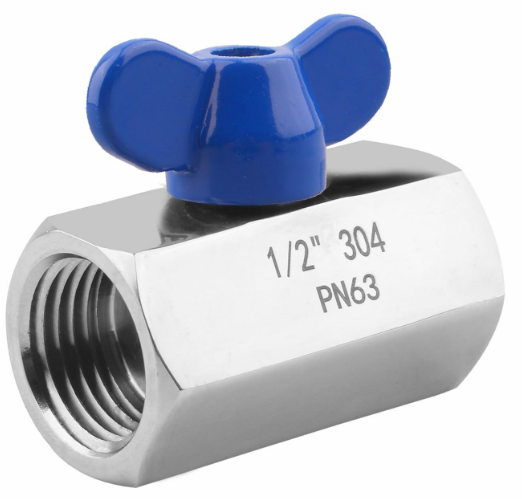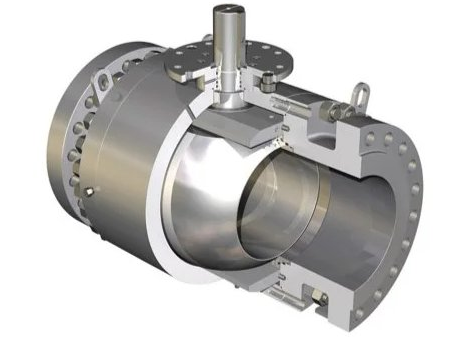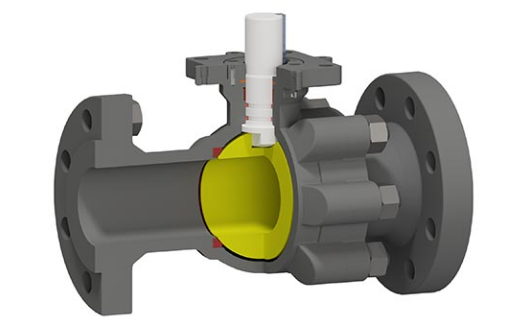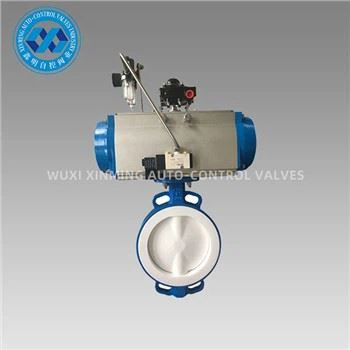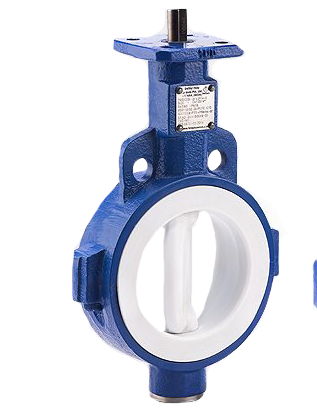Technical White Paper: Single Acting Pneumatic Actuator.pdf
1. Introduction
A single-acting pneumatic actuator is a mechanical device that converts compressed air energy into linear or rotary motion in one direction, relying on an internal spring or external force to return to its original position. These actuators are widely used in applications where simplicity, cost-effectiveness, and fail-safe operation are critical.
This article explores the working principle, advantages, disadvantages, and key applications of single-acting pneumatic actuators, along with a comparison to double-acting models.
2. Single Acting Pneumatic Actuator Working Principle
A single-acting pneumatic actuator consists of:
- Cylinder housing (contains the piston)
- Piston (moves under air pressure)
- Single air inlet port (for compressed air supply)
- Spring mechanism (returns the piston when air is released)
- Piston rod (transmits motion to the load)
How It Works:
- Actuation (Extension/Retraction): Compressed air enters the cylinder, pushing the piston against the spring force.
- Return Stroke: When air pressure is released, the spring forces the piston back to its original position.
This design ensures fail-safe operation, making it ideal for safety-critical applications.
3. Key Advantages & Disadvantages
✅ Advantages:
✔ Simple and cost-effective (fewer components than double-acting actuators)
✔ Energy-efficient (air consumption only in one direction)
✔ Fail-safe operation (spring return ensures default position in case of air loss)
✔ Compact and lightweight (ideal for space-constrained applications)
❌ Disadvantages:
✖ Limited force output (spring reduces available force compared to double-acting)
✖ Slower return stroke (spring return is less rapid than air-driven motion)
✖ Spring wear over time (reduces reliability in high-cycle applications)
4. Comparison: Single-Acting vs. Double-Acting Pneumatic Actuators
| Parameter | Single-Acting Actuator | Double-Acting Actuator |
|---|---|---|
| Air Consumption | Lower (one-directional) | Higher (bidirectional) |
| Force Output | Lower (spring resistance) | Higher (full air pressure) |
| Speed | Slower return stroke | Faster in both directions |
| Fail-Safe Capability | Yes (spring return) | No (requires air to return) |
| Cost | Lower initial cost | Higher initial cost |
5. Common Applications
Single-acting pneumatic actuators are widely used in industries where fail-safe operation and simplicity are prioritized, including:
- Valve Control (shut-off valves, emergency release systems)
- Clamping & Gripping (manufacturing, assembly lines)
- Packaging Machinery (sealing, ejection mechanisms)
- Automotive Systems (brake boosters, door locks)
- Medical Devices (pneumatic pumps, surgical tools)
6. Selection Criteria
When choosing a single-acting pneumatic actuator, consider:
- Spring Force (must overcome load resistance for reliable return)
- Bore Size & Stroke Length (determines force and travel distance)
- Operating Pressure (typically 4–7 bar / 60–100 psi)
- Material & Environment (stainless steel for corrosive conditions)
- Mounting Style (flange, clevis, or rod-end)
7. Maintenance & Troubleshooting
- Inspect Springs & Seals: Wear can reduce performance over time.
- Check Air Supply: Low pressure may prevent full actuation.
- Lubrication: Some models require periodic lubrication for smooth operation.
-
Common Issues:
- Slow or incomplete return (weak or broken spring)
- Air leaks (damaged seals or fittings)
8. Future Trends
- Smart Actuators: Integration with sensors for predictive maintenance.
- Hybrid Designs: Combining pneumatic and electric actuation for optimized performance.
- Lightweight Materials: Advanced composites for higher strength-to-weight ratios.
9. Conclusion
Single-acting pneumatic actuators are cost-effective, energy-efficient, and reliable for applications requiring fail-safe operation. While they offer lower force and slower return speeds than double-acting models, their simplicity and safety make them indispensable in many industries.
Double acting: Air pressure is required in both directions (extend and retract).
Spring-to-open: Opens the valve when air is lost
Torque or force requirement
Spring return direction
Air supply pressure
Valve size and type
Operating environment
Inspecting the spring for fatigue
Checking air seals and lubrication
Ensuring proper fail-safe function through regular testing
If you want to learn more about low-priced products, please visit the following website: www.xm-valveactuator.com







